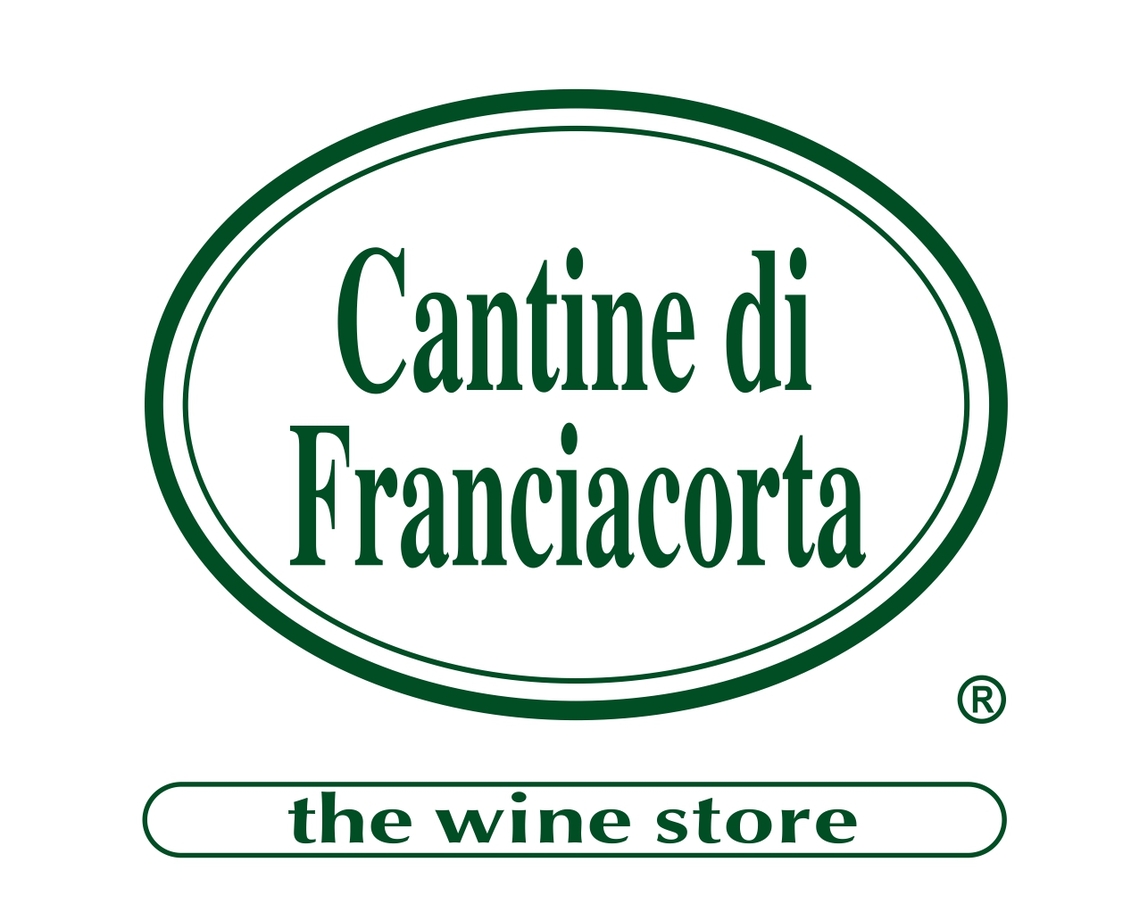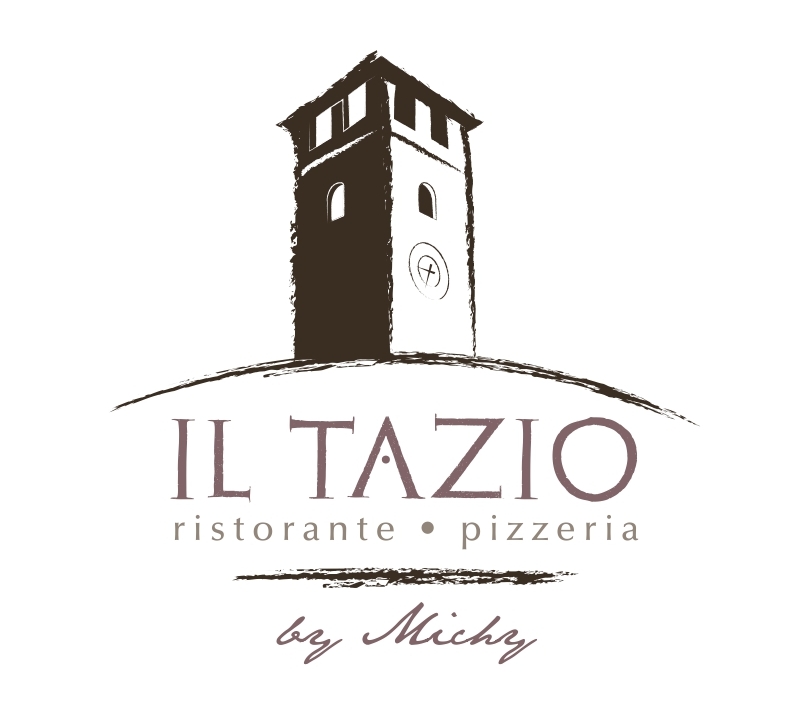Church of Natività di Maria, ‘Madonnina di Govine’
The church of Madonnina is located in the small village of Govine, south of Pisogne. The building stood in the fork of the road which, on the one hand, led to the village forges and in San Defendente, and on the other, led to Toline. It was built as an ex-voto for the narrow escape of the inhabitants who remained unscathed when the German troops passed through on their way from the Valtellina to Mantua in September 1629 and during the plague in 1630, on the following year. There was already a small chapel with the devotion to the Virgin Mary so the ancient image, an object of veneration, was incorporated within the new building (now in the sanctuary). On the side facing the lake there is another entrance and the bell tower.
The façade is animated by a series of different elements. The remains of a 17th-18th Century cornice can be seen in the gable, today with no visible images; below is a lunette while the sides are formed of two vertical bands derived from the spanning of giant sized pilasters which have no base and capital. The central pilasters lead to the pronaos with a cross vault; the structure rests on two corbels recessed into the façade of the church and on two columns resting on high sandstone plinths advancing into the small churchyard. It has a prestigious portal, also in sandstone, with broken gable; the dedicatory inscription and the date 1630 are visible on the front. There are two small windows on the sides of the portal, with kneeling stools, arranged in a pattern seen in many rural churches.
The single-nave interior has a 17th Century layout with extremely precious adornments which, though they seem rather homogeneous, are actually the result of various interventions dating back to both the 17th and 18th Centuries, with a final phase in the 19th Century. The nave features paired pilaster strips alternating with large frescoes surrounded by plaster frames. Other medallions and panels cover the whole of the high altar, the vault and part of the inside façade, where the organ was placed in 1909. The decorative altar has an 18th Century design.
The vault medallions are the work of Domenico Voltolini: the master gives evidence of discrete compositional expertise in the episodes of the Assumption and the Coronation of the Virgin Mary; the third frame is the representation of the votive offering of the community that addresses the Virgin Mary sitting on a cloud with Saints Roch, Sebastian and probably Firmus (?) on her right. The devoted characters are some inhabitants of the village and, on the right, the parish priest Bosio. Most probably, this medallion originally featured a fresco of Giacomo Bate from Valcamonica, therefore dated 17th Century, which was then worked on by Voltolini. Other paintings are attributed to Bate, in particular the altarpiece with the Nativity of the Virgin Mary at the end of the sanctuary.
Between 1894 and 1895 the church underwent a restoration that attempted to lighten the plasters, so that a testimony of the period complains that it has lost “all the white [decorations in plaster] with a host of angels, enormous bunches of grapes and huge ears of wheat”. This same intervention sees the participation of the artist Antonio Guadagnini from Esine who frescoed a series of medallions. The works are, to be honest, perhaps the least successful completed by the master, and this result is perhaps due to the meagre amount the community was willing to pay. The frescoes on the walls of the nave and the sanctuary are also by Guadagnini, which narrate episodes from the life of the Virgin, from the Annunciation to the Death of St. Joseph. Guadagnini perhaps intervened by revamping the older images which were already ruined by the 19th Century; his hand can be noted in the medals featuring St. Anne and St. Joachim.
There are doubts about some murals on the inside facade, such as the Finding of the Cross by St. Helena, an 18th Century work, and the two works at the sides, Our Lady of Loreto and Our Lady of Mount Carmel, where there seems to be 19th Century repainting interventions.
Federico Troletti
For more information:
BERTOLINI A., PANAZZA G., Arte in Val Camonica. Monumenti e opere, vol. III, parte 2^, Brescia 1994, pp. 418-431.
BIANCHI A, MACARIO F., In loco de Pisoneis, Gianico (Bs) 2008.














